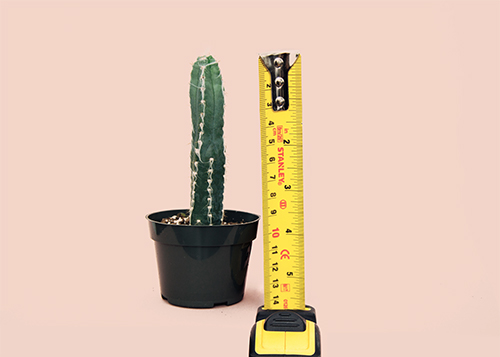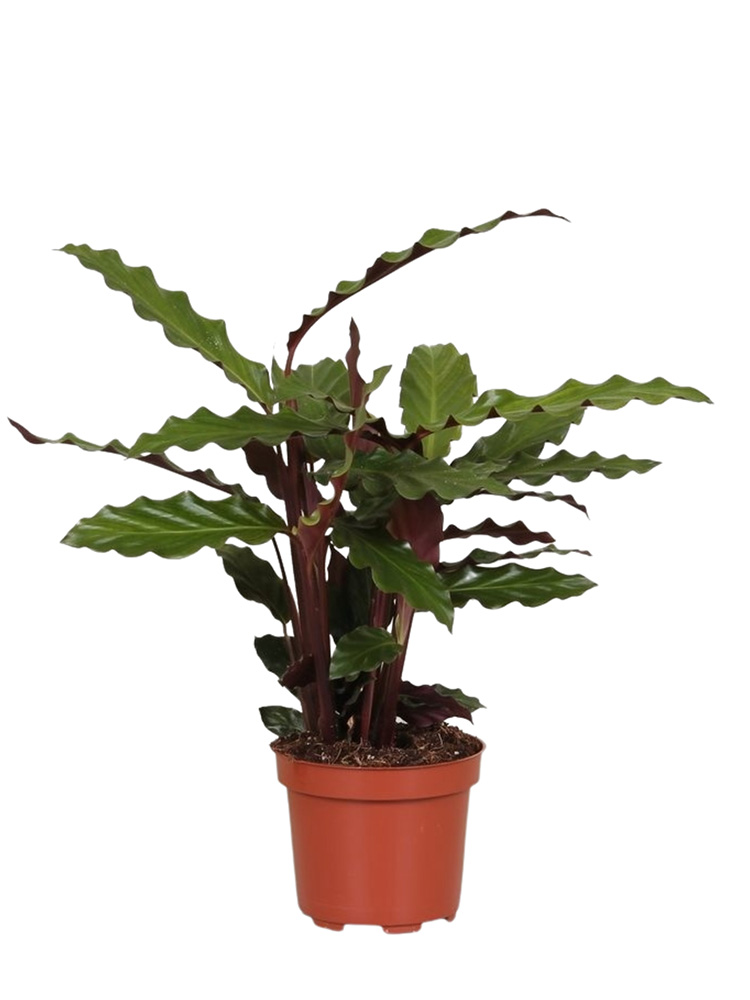
Deliver to
Europe
 English
EnglishDetailed care guides
The height of our plants are measured from the ground to the top.
Please note that the delivery height may vary 10%.

The diameter of our plants is the diameter of the nursery pot. We recommend a decorative pot with a diameter that’s larger.
Plants are natural products and therefore almost certainly differ from product photos. These characteristics make plants extra special and unique. Plants are not exactly the same size as shown.
All orders are shipped with a personal Track & Trace.
| Country | Average delivery time |
| The Netherlands | 2 - 5 business days |
| Belgium | 2 - 5 business days |
| Germany | 3 - 6 business days |
| France | 3 - 6 business days |
| Luxembourg | 3 - 6 business days |
| Austria | 3 - 7 business days |
You have the right to return products within 14 days of receipt without giving any reason.
Please note! Living and perishable products, such as plants, are legally excluded from this right of withdrawal.
Therefore, indoor plants can't be exchanged or returned.
Refunds will be credited back to the original payment method used for the purchase.


Height
40 cm

Potsize
12 cm

Botanical name
Goeppertia Rufibarba

Toxic to pets
No
Although the Calathea family has beautiful varieties, these are not the easiest plants to take care of.
The Calathea comes from the tropical jungle of South America, where the plant takes shelter under large plants and trees. This makes the alluring plant sensitive to direct sunlight, so it's best to position it in partial shade. A dark corner or bathroom is a favourite spot for the Calathea.
The Calathea is very demanding when it comes to watering. In summer, twice a week is enough, and in winter, once a week. The leaves of the Calathea will droop when it is very thirsty.
For a super happy Calathea, it is best to spray the plant with a plant sprayer regularly.
| Height (incl. pot) | 40 cm |
|---|---|
| Pot size Ø | 12 cm |
| Decorative pot | With decorative pot options |
| Botanical name | Goeppertia Rufibarba |
| Nicknames | Prayer plant, Zebra plant, Peacock plant, Rattlesnake plant |
| Quantity | 1 |
| Attributes | Air-purifying, Green, Non-toxic / Pet-friendly, Shade-loving, Small, Tropical |
| Suitable for | Living room, Bathroom, Bedroom |
| Location | Indirect sunlight, Shade |
| Watering | Requires water once a week. During the summer twice a week |
| Best location | Medium light to partial shade. Can't withstand full sun |
| Plant nutrition | It is best if you add plant nutrition once every 2 weeks during the summer |
| Repotting | After purchase, repotting is not necessary. The plant should then be repotted preferably every 2 years |
| Toxic | No |